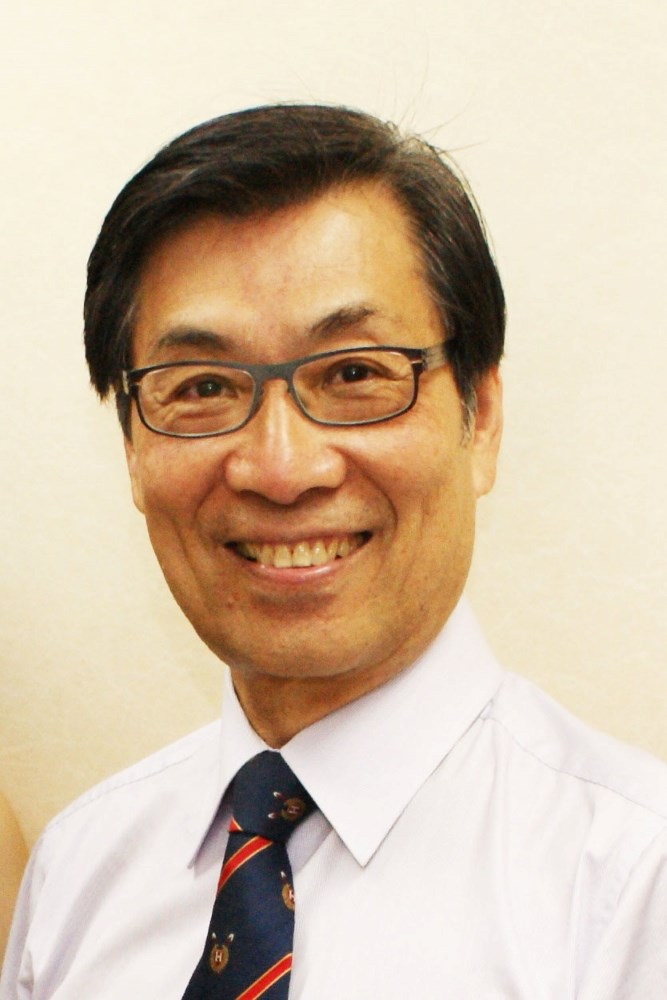Plastic Surgery Perspectives, Part III: Microsurgery

"Plastic Surgery Perspectives" is a recurring series of posts on the PRS Resident Chronicles blog led by Stav Brown, MD, Plastic and Reconstructive Surgery Research Fellow in the Department of Surgery at Memorial Sloan Kettering Cancer Center, New York. In the fourth part of this series featuring leaders in microsurgery, Dr. Brown interviews Fu-Chan Wei, MD. – Rod J. Rohrich, MD, Editor Emeritus, Plastic and Reconstructive Surgery
PSR: Why did you choose plastic surgery – and microsurgery in particular?
Dr. Wei: Well, I didn't. Microsurgery wasn't a thing when I finished my residency.I wanted to follow the recommendation of my mentor, Samuel Noordhoff, MD. He encouraged me to bring something new to serve our patients in Taiwan and it was during my fellowship training in Toronto General and The Hospital for Sick Children that I decided to immerse myself in microsurgery – then an emerging and exciting new field. I was drawn to it by its potential and technical demands, and it was a good opportunity for me to show my perseverance, dedication and skills.
PSR: How has microsurgery changed since you started?
Dr. Wei: Microsurgery has indeed changed significantly. Microsurgery has become a staple element of the specialty; it's no longer a fancy technique done occasionally. It has further evolved into an independent discipline/practice in which a surgeon can just perform microsurgery as their main service. I also noticed that microsurgery is no longer exclusive to plastic surgeons, and interest in microsurgery soared among other specialties over the past few decades. In my opinion, we have witnessed a paradigm shift in microsurgery, which is not only utilized for coverage and reconstruction for improved survival rates, but also for restoring optimal form and function with minimal donor site morbidity, especially with widespread application of perforator flaps. Finally, we've witnessed great development in the microneural field, such as brachial plexus reconstruction and the treatment of facial palsy – and in the micro-lymphatic field, such as the treatment of lymphedema.
PSR: What are your main interests within microsurgery?
Dr. Wei: It has been a long ride and I've had a thorough and comprehensive practice spanning trauma-related reconstruction of upper and lower extremities, brachial plexus, breast reconstruction, gender-reconfirming surgery and head and neck. But my recent years have mainly focused on perforator flaps, fibula flaps, head and neck microsurgical reconstruction, toe-to-hand microsurgical transplantation and vascularized composite allotransplantation (VCA).
PSR: Which clinical case or aspect has most influenced you?
Dr. Wei: I've had many, but I remember vividly the case of a 6-year-old boy who suffered from flame-burn injuries that were treated with amputation of all 10 fingers at a proximal level and a skin graft. He came into my clinic with his parents in despair – but since the thenar movement was present, I did microsurgical toe transplantation to his amputated hands. The right hand received three toes, the whole great toe and the combined second and third toe for the thumb, and middle and ring fingers. The left hand received two toes; two lesser toes to the thumb and middle-finger reconstruction after groin flap transfer. Since then, I've accumulated experience treating similar cases and developed the concepts of toe-to-hand transfer, including metacarpal hand.
PSR: What role does technology play in microsurgery?
Dr. Wei: I'm convinced that without technology, we wouldn't have reached the state-of-the-art in reconstructive microsurgery nowadays. Improved magnification and enhanced operating microscopes now allow reliable super-microsurgical techniques to be carried out successfully. Innovations in imaging systems such as "spy" devices and ultrasonography have improved our ability to plan and map different reconstructive procedures such as flap harvest, LVA, case monitoring, etc. Revolutions in smartphones has made it easier to diagnose a failing flap and to speed-up management. Virtual surgical planning and computer-aided design and manufacturing in mandibular reconstruction with vascularized bone is another technological innovation that has increased the speed and accuracy of reconstruction in a cost-effective manner. Furthermore, in robotic-assisted microsurgical procedures, a possibly promising, new application for the manned robot is now a real thing and does allow – in carefully selected patients – minimal donor-site morbidity while allowing access to reconstruction that would otherwise be avoided or result in massive morbidity.
PSR: What most excites you about the future of microsurgery?
Dr. Wei: The future is bright. Microsurgery is an indispensable part of trauma and oncologic reconstruction. In our institution, its multidisciplinary application has expanded to biliary and hepatic artery and vein anastomoses following liver transplantation; intracranial-extracranial bypass in collaboration with neurosurgeons; and gender-affirming surgery. I'm certain we will continue to expand, not shrink. I also feel the enthusiasm for microsurgery among the younger generation. We've accommodated 2,300 visiting scholars and Fellows from 86 counties in the past 35 years, with more than 100 visitors every year. In my opinion, microsurgeons will remain irreplaceable by other innovations such as AI, unlike certain medical specialties.
PSR: What's your advice for a resident interested in a microsurgery fellowship?
Dr. Wei: I basically look on residents and Fellows the same: The journey to become a microsurgeon is long and demanding – do not take the journey if commitment, dedication and a strong desire to give back to the specialty and microsurgical society are not part of your key traits and passions. When it comes to recruitment, I prefer commitment, perseverance, passion, a good work ethic, a pleasant personality and Fellows who are coachable. I also seek those who are willing to give back by becoming mentors themselves, thus honoring the "training the trainer" philosophy.